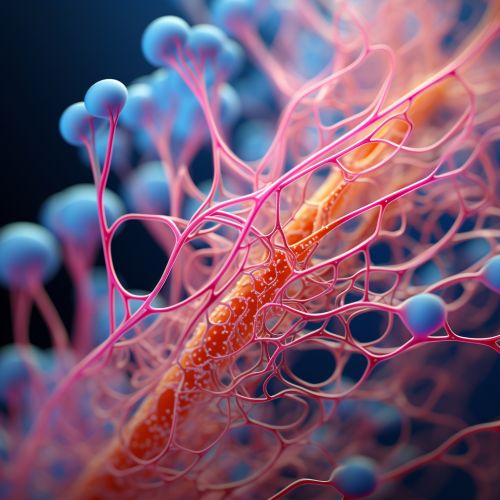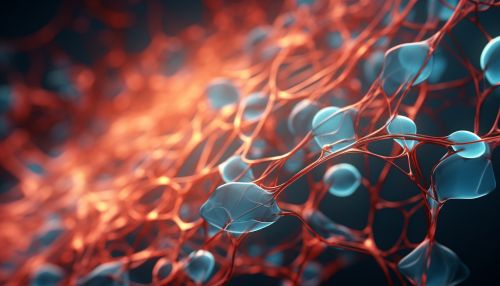Neural crest
Overview
The neural crest is a transient, multipotent, migratory cell population unique to vertebrates that gives rise to a diverse cell lineage— including melanocytes, craniofacial cartilage and bone, smooth muscle, peripheral and enteric neurons and glia.
Development
During embryogenesis, the neural crest is formed at the neural plate border after which neural crest cells undergo an epithelial to mesenchymal transition, allowing these cells to migrate throughout the embryo to their ultimate destinations where they differentiate into various cell types. This process is regulated by a combination of gene expression and epigenetic influences.
Migration
Neural crest cell migration is highly controlled and occurs along specific pathways in a rostrocaudal (head to tail) sequence. Migration pathways and timing of migration are consistent among vertebrate species, indicating a strong evolutionary conservation of this process.
Derivatives
Neural crest cells contribute to a wide range of tissues and cell types. These include:
- The peripheral nervous system, which includes the sensory ganglia (dorsal root ganglia, cranial nerve ganglia), sympathetic ganglia, enteric ganglia, and Schwann cells.
- Endocrine cells, including the adrenal medulla and some thyroid cells.
- Melanocytes, which are skin pigment cells found in birds and mammals.
- The mesenchyme, which forms the craniofacial structures, including the bones and cartilage of the face and skull, the dentin of teeth, and some types of connective tissue.
Clinical significance
Abnormalities in neural crest development cause a group of pathologies known as neurocristopathies. These include conditions such as Hirschsprung's disease, Waardenburg syndrome, and certain forms of congenital heart defects.


Evolution
The neural crest is considered a key factor in the evolutionary success of vertebrates. Its emergence has allowed for the development of features such as the complex skull and face, the peripheral nervous system, and pigment cells, which have facilitated adaptation to a wide range of environments.
Research
Research on neural crest cells has contributed to our understanding of cell migration, differentiation, and the role of stem cells. Furthermore, due to the role of the neural crest in a wide range of congenital disorders, it is an important area of biomedical research.
